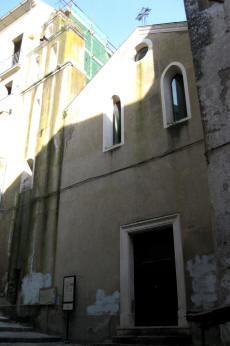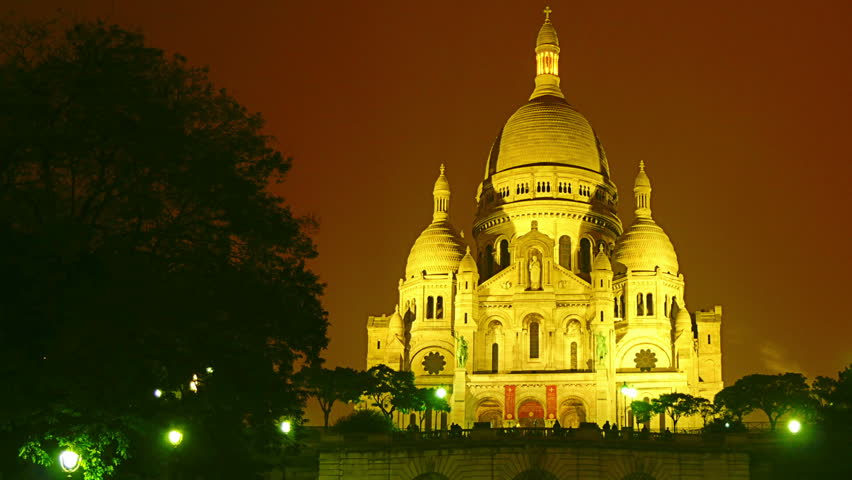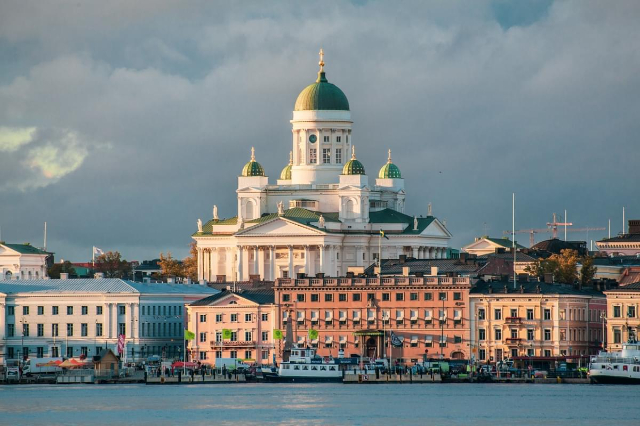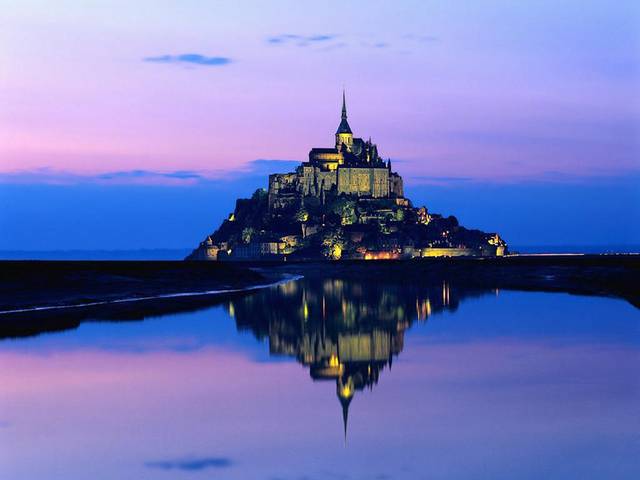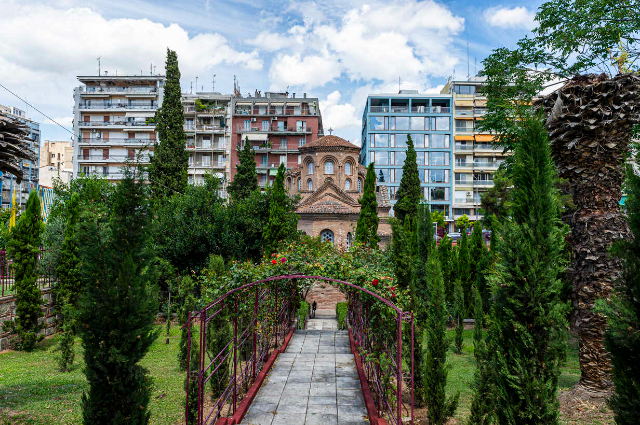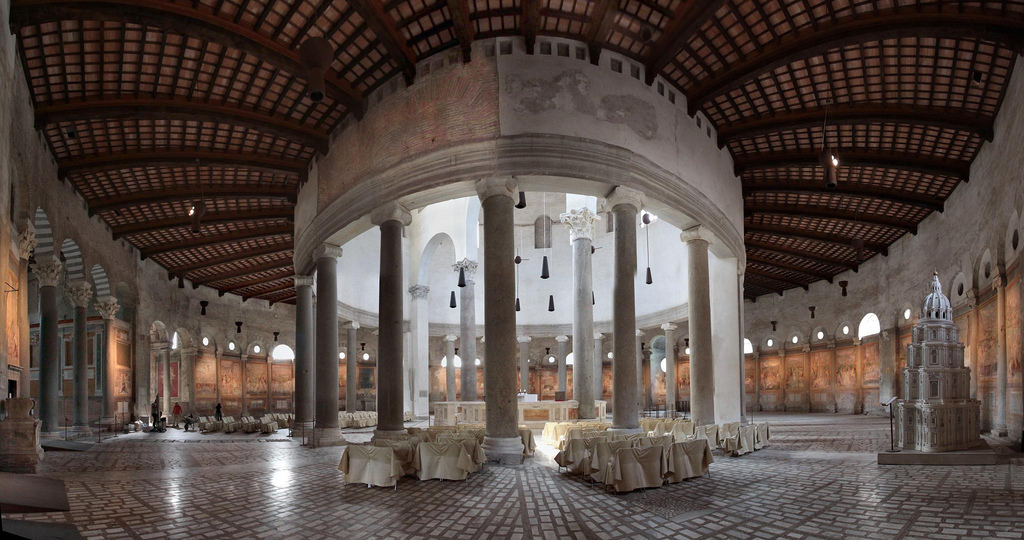The Church of Santa Maria de Lama is one of the oldest churches in Salerno built, at first as a private chapel of some nobles, when the city was at the height of the Lombard domination, ie between the tenth and eleventh centuries.
The name de Lama is due to the stream that still flows in front of the building below street level. Initially the church was to be built on a pre-existing Roman building of the second century, of which remain some walls in opus reticulatum, and had to present a square plan and an entrance facing south: what remains of this first period is the current crypt, in which are still visible the remains of some frescoes of Benevento invoice.
Due to a natural event, most likely an earthquake or a flood, in the thirteenth century the church was radically restored in fact the vaults were demolished and on the previous building, which became the crypt was built the current church, with the plant facing west. The new church was decorated with frescoes. Probably the floors were decorated with cosmatesque mosaics similar to those still existing in the Cathedral. After about a century, the crypt ceased to function, was sealed and became a burial ground, where bodies were thrown through a specially created trapdoor in the floor. The upper church in the seventeenth century took the new name of "Sant’Alfonso ai gradoni" and was restored in Baroque style. In the middle of the 900 the church was closed falling into disrepair and ending up in ruins due to various natural events, such as the earthquake of 1980. Only in 1991 the restoration works started and they led to its reopening in 1996.
Unfortunately, today the frescoes of the crypt appear to be very damaged due to water infiltration (the Lama stream, underground, flows along the wall of the building) and to climate change; however, frescoes such as the one of Santa Radegonda and the one next to it are still visible. St. Bartholomew is portrayed in the moment in which he blesses with his right hand, joining thumb and little finger, while his left hand holds a book with a richly decorated cover. The face is concentrated in an ascetic expression, framed by the white beard and thick hair.
